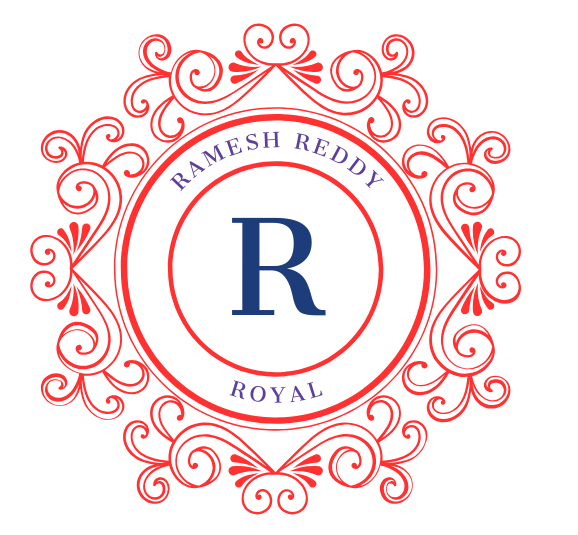Understanding Your Learning Style
Recognizing and understanding your unique learning style is a critical step towards more effective studying. The concept of learning styles suggests that individuals have preferred ways of processing information, which can significantly impact their ability to retain and understand new material. There are four primary types of learning styles: visual, auditory, reading/writing, and kinesthetic. Tailoring your study methods to fit your specific learning style can enhance your efficiency and overall learning experience.
For visual learners, who best understand information through images and spatial understanding, incorporating diagrams, charts, and infographics into your study routine can be highly beneficial. Visual aids can help you grasp complex concepts more quickly and retain information more effectively. Similarly, color-coding your notes or using mind maps can also be advantageous.
Auditory learners, on the other hand, excel when they can hear information. These learners might find success by listening to recorded lectures or podcasts related to their study material. Engaging in discussions or study groups can also be beneficial, as sharing knowledge aloud helps solidify understanding. Repeating information out loud or teaching the material to someone else are effective strategies for auditory learners.
For those who prefer a reading/writing approach, interacting with text is paramount. These learners benefit from traditional study methods such as reading textbooks, taking thorough notes, and writing summaries. Creating flashcards and engaging in extensive reading can help reinforce the material. Writing out concepts in your own words can also aid in comprehension and retention.
Kinesthetic learners, who learn best through hands-on experiences, benefit from active engagement with the material. This can include conducting experiments, building models, or participating in simulations. Incorporating movement into study sessions, such as walking while reviewing notes, can also enhance learning for kinesthetic individuals.
Identifying your learning style can be facilitated through various quizzes and assessments available online or through educational institutions. Understanding your natural preferences and aligning your study techniques accordingly can lead to a more productive and enjoyable learning experience.
Implementing Effective Study Techniques
Adopting efficient study techniques can significantly enhance your learning experience. One highly effective method is the Pomodoro Technique. This technique involves studying for a set period, typically 25 minutes, followed by a five-minute break. After completing four cycles, take a longer break of about 15-30 minutes. This approach helps maintain high levels of concentration and prevents burnout.
Another powerful strategy is spaced repetition, which involves reviewing information at increasing intervals. This method leverages the psychological spacing effect, where information is more likely to be retained when it is studied repeatedly over a long period. You can use digital tools like Anki or Quizlet to create flashcards that automatically adjust the review schedule based on your performance.
Active recall is another technique that can boost your learning efficiency. Unlike passive review, active recall requires you to actively retrieve information from your memory, which strengthens neural connections. This can be practiced through self-quizzing or teaching the material to someone else.
Creating a conducive study environment is also crucial. Ensure your study space is well-lit, free from distractions, and equipped with all necessary materials. Set realistic goals to keep yourself motivated and manage your time effectively by breaking down tasks into smaller, manageable chunks.
Minimizing distractions is essential for maintaining focus. Consider using apps like Forest or StayFocusd, which block distracting websites and help you stay on track. Regular breaks are equally important; they help refresh your mind and improve overall productivity. The Pomodoro Technique naturally incorporates these breaks, making it a well-rounded approach.
Students who have implemented these techniques often report significant improvements in their academic performance. For instance, a college student using the Pomodoro Technique might find they can complete assignments faster and with better comprehension. Another student utilizing spaced repetition may notice increased retention of complex subjects over time.
By integrating these study strategies, you can maximize your learning efficiency, retain more information, and reduce stress. Whether you’re preparing for exams or tackling daily coursework, these techniques provide a structured approach to smarter studying.
